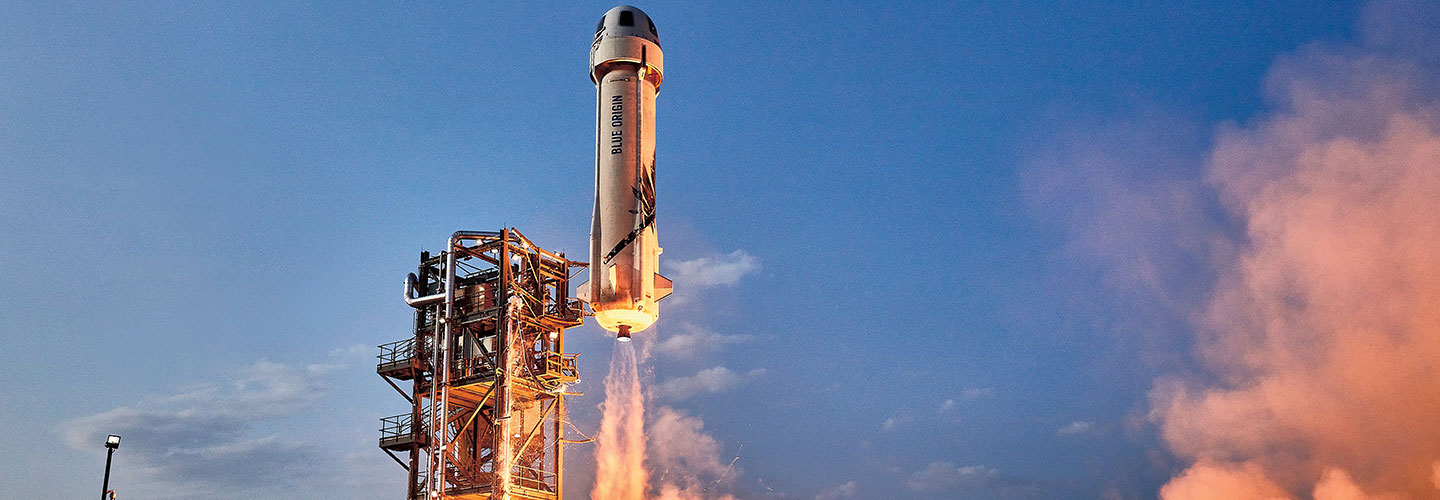Three . . . two . . . one . . . Liftoff! A new era for space travel began on July 11 with the launch of the Virgin Galactic space plane. Its crew included billionaire Richard Branson, who founded the company. The plane shot to the edge of space, about 53 miles above Earth’s surface.
Nine days later, billionaire Jeff Bezos rocketed even farther into space. His company’s spacecraft, Blue Origin, soared about 66 miles above Earth.
In the past, most space missions have been organized by government agencies, such as NASA. Only specially trained astronauts visited space. But the success of Branson’s and Bezos’s trips opened the door to commercial spaceflights. Now paying customers can visit space as tourists. And these flights will bring in big money.
Another billionaire, Elon Musk, plans to take this “space race” into new territory this fall. His company SpaceX plans to send a crew on a three-day mission that will orbit Earth.
Three . . . two . . . one . . . Liftoff! A new era for space travel began on July 11. That's when Virgin Galactic launched a space plane. Its crew included billionaire Richard Branson, who founded the company. The plane shot to the edge of space, 53 miles above Earth.
Nine days later, billionaire Jeff Bezos went even farther. His company’s spacecraft, Blue Origin, soared 66 miles above Earth.
In the past, most space missions were organized by government agencies, like NASA. Only trained astronauts visited space. But these two trips opened the door to commercial spaceflights. Now paying customers can visit space. And these flights will bring in big money.
Another billionaire, Elon Musk, will take this “space race” into new territory this fall. His company SpaceX plans to send a crew on a three-day mission. They will orbit Earth.

